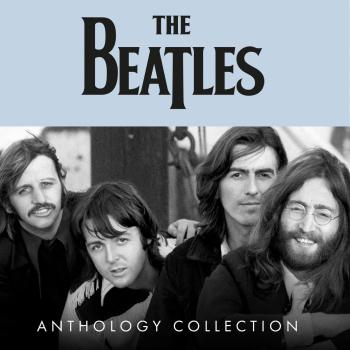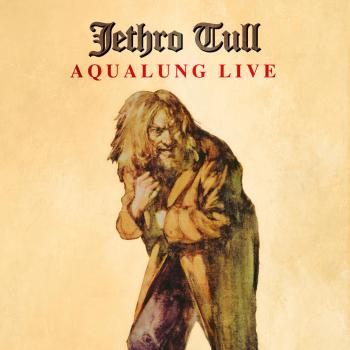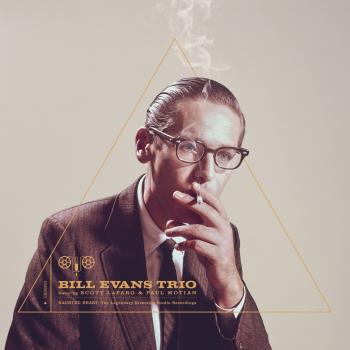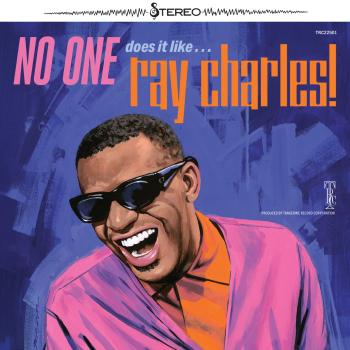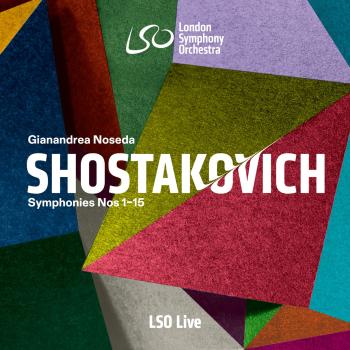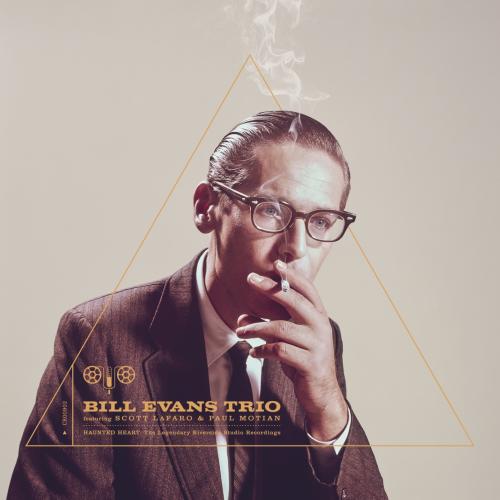
Haunted Heart: The Legendary Riverside Studio Recordings (Remastered 2025) Bill Evans Trio
Album info
Album-Release:
1959
HRA-Release:
21.11.2025
Album including Album cover
I`m sorry!
Dear HIGHRESAUDIO Visitor,
due to territorial constraints and also different releases dates in each country you currently can`t purchase this album. We are updating our release dates twice a week. So, please feel free to check from time-to-time, if the album is available for your country.
We suggest, that you bookmark the album and use our Short List function.
Thank you for your understanding and patience.
Yours sincerely, HIGHRESAUDIO
- 1 Come Rain Or Come Shine (Remastered Stereo 2025) 03:22
- 2 Autumn Leaves (Remastered Stereo 2025) 05:59
- 3 Witchcraft (Remastered Stereo 2025) 04:35
- 4 When I Fall In Love (Remastered Stereo 2025) 04:57
- 5 Peri's Scope (Remastered Stereo 2025) 03:16
- 6 What Is This Thing Called Love? (Remastered Stereo 2025) 04:35
- 7 Spring Is Here (Remastered Stereo 2025) 05:05
- 8 Some Day My Prince Will Come (Remastered Stereo 2025) 04:55
- 9 Blue In Green (Remastered Stereo 2025) 05:25
- 10 Witchcraft (Remastered Mono 2025 / Take 4) 04:50
- 11 Witchcraft (Remastered Mono 2025 / Take 6) 04:55
- 12 Spring Is Here (Remastered Mono 2025 / Take 4) 04:53
- 13 Come Rain Or Come Shine (Remastered Mono 2025 / Take 2) 03:30
- 14 Come Rain Or Come Shine (Remastered Mono 2025 / Take 4) 03:19
- 15 Autumn Leaves (Remastered Mono 2025 / Take 9) 05:24
- 16 Blue In Green (Remastered Mono 2025 / Take 1) 04:37
- 17 Blue In Green (Remastered Mono 2025 / Take 2) 04:29
- 18 Some Day My Prince Will Come (Remastered Mono 2025 / Take 1) 05:08
- 19 Israel (Remastered Stereo 2025) 06:11
- 20 Haunted Heart (Remastered Stereo 2025) 03:27
- 21 Beautiful Love (Remastered Stereo 2025) 05:07
- 22 Elsa (Remastered Stereo 2025) 05:11
- 23 Nardis (Remastered Stereo 2025) 05:50
- 24 How Deep Is The Ocean? (Remastered Stereo 2025) 03:33
- 25 I Wish I Knew (Remastered Stereo 2025) 04:41
- 26 Sweet And Lovely (Remastered Stereo 2025) 05:56
- 27 Elsa (Remastered Stereo 2025 / Take 4) 05:04
- 28 Elsa (Remastered Stereo 2025 / Take 6) 04:51
- 29 Sweet And Lovely (Remastered Stereo 2025 / Take 3) 05:55
- 30 Sweet And Lovely (Remastered Stereo 2025 / Take 5) 05:37
- 31 Sweet And Lovely (Remastered Stereo 2025 / Take 6) 05:43
- 32 Nardis (Remastered Stereo 2025 / Take 1) 06:17
- 33 Beautiful Love (Remastered Stereo 2025 / Take 1) 06:07
- 34 I Wish I Knew (Remastered Stereo 2025 / Take 2) 05:10
- 35 I Wish I Knew (Remastered Stereo 2025 / Take 3) 04:59
- 36 I Wish I Knew (Remastered Stereo 2025 / Take 5) 04:51
- 37 Haunted Heart (Remastered Stereo 2025 / Take 2) 04:42
- 38 The Boy Next Door (Remastered Stereo 2025 / Take 1) 06:23
- 39 The Boy Next Door (Remastered Stereo 2025 / Take 4) 05:06
- 40 The Boy Next Door (Remastered Stereo 2025 / Take 6) 05:10
- 41 Walking Up (Remastered Stereo 2025) 05:00
- 42 How Deep Is The Ocean? (Remastered Stereo 2025 / Take 1) 04:10
- 43 How Deep Is The Ocean? (Remastered Stereo 2025 / Take 2) 03:46
Info for Haunted Heart: The Legendary Riverside Studio Recordings (Remastered 2025)
Haunted Heart: The Legendary Riverside Studio Recordings brings together the complete studio recordings by the Bill Evans Trio featuring Scott LaFaro and Paul Motian. Included are the albums Portrait in Jazz and Explorations, plus 26 alternate takes – 17 previously unreleased.
In 1959, trailblazing pianist Bill Evansassembled one of the greatest trios in jazz history, thanks to the intuitive artistry of bassist Scott LaFaro and drummer Paul Motian. Over the next year and a half, they would establish a groundbreaking and highly influential improvisational style that challenged the status quo and shifted the genre’s landscape. While their time together was heartbreakingly brief, they left behind two live albums and two seminal studio albums that continue to inspire musicians to this day.
Widely regarded as one of the most influential figures in jazz history, Bill Evans (1929–1980) was celebrated for his lyrical compositions, his singular piano technique, and, perhaps most importantly, his conversational trio interplay—a revolutionary approach which he developed in the early ’60s with bassist Scott LaFaro and drummer Paul Motian. Though their collaboration lasted just 20 months, the group—often referred to as Evans’ “Classic Trio”—left a lasting impact that transformed the direction of modern jazz.
When the trio formed in mid-1959, Evans was already a fast-rising star, thanks to high-profile stints with Miles Davis (appearing on the trumpeter’s 1959 masterpiece, Kind of Blue) and composer George Russell, as well as several foundational albums as a leader, including his 1956 debut, New Jazz Conceptionsand 1958’s Everybody Digs Bill Evans. But, writes Eugene Holley Jr., “as satisfied as Evans was with his place in jazz, he could feel that he was on the verge of a more interactive way of improvisation.”
The pianist sought out like-minded musicians, beginning with bassist Scott LaFaro (1936–1961). After making a name for himself on the West Coast as a sideman for Chet Baker, Cal Tjader, and Benny Goodman, LaFaro relocated to New York, where he connected with Evans. His distinctive technique became essential to the group’s expressive interplay, explains Holley. “LaFaro…achieved a virtuosic, guitar-like fluency on the bass by lowering the bridge on the instrument, which allowed him to interact with the lead voice or soloist on an equal basis.” Rounding out the trio was drummer Paul Motian(1931–2011), who brought an equally innovative approach. Having honed his craft with Thelonious Monk, Lennie Tristano, Coleman Hawkins, and many others in New York, Motian eschewed the traditional role of timekeeper in his work with Bill Evans, instead creating subtle textures and moods that ebbed and flowed organically with the other instruments.
In Peter Pettinger’s book Bill Evans: How My Heart Sings (Yale University Press, 1998), the bandleader recalled the group’s magic. “What gave that trio its character was a common aim and a feeling of potential. The music developed as we performed, and what you heard came through actual performance. The objective was to achieve the result in a responsible way.” What transpired was a world in which all three musicians performed as equals—a novel approach to jazz music that challenged the conventional styles at the time.
That sense of immediacy first emerged in the trio’s 1960 debut, Portrait in Jazz, recorded in one session on December 28th, 1959, with Riverside Recordsfounder and producer Orrin Keepnews. The acclaimed album was comprised of seven pop standards—including an inspired rendition of “Autumn Leaves,”the swinging “Witchcraft,” and the Disney classic, “Someday My Prince Will Come,” which would become a staple for Evans—as well as two originals: the effervescent “Peri’s Scope,” an ode to Evans’ then-girlfriend, and “Blue in Green,” which first appeared on Kind of Blue and is co-credited to both Evans and Miles Davis. In his liner notes for the album, Evans shared his hopes that “the trio will grow in the direction of simultaneous improvisation, rather than just one guy blowing, followed by another guy blowing.” That vision would become fully realized over the following year.
On February 2nd, 1961, the trio returned to the studio with Keepnews to record their follow-up, Explorations. Released less than two months later, the album showcased the group’s evolution and the near telepathic interplay that they had developed over the previous months. Once again, the trio offered fresh interpretations of five standards, including “How Deep Is the Ocean,” “Beautiful Love,” and “Haunted Heart.” They also performed three contemporary pieces, including the Earl Zindars-penned waltz, “Elsa,” Miles Davis’ “Nardis,” and John Carisi’s “Israel,” all three of which Evans would revisit regularly throughout his career. Long considered a masterpiece, Explorations was once again met with glowing reviews, while Billboard later named it the Jazz Critics’ Best Piano LP of the year.
The group’s groundbreaking in-the-moment creative process is further revealed through 27 alternate takesfrom both studio sessions—presented in the order in which they were recorded—including previously unreleased versions of “Witchcraft,” “Spring Is Here,” “Come Rain or Come Shine,” and “Someday My Prince Will Come” (off Portrait in Jazz), plus “Elsa,” “Sweet and Lovely,” “I Wish I Knew,” “Haunted Heart,” and“How Deep Is The Ocean,”(Explorations). Fans will also discover an early take of “Walking Up,” later featured on Evans’ 1962 LP, How My Heart Sings!,along with the trio’s rendition of “The Boy Next Door, from the 1944 musical, Meet Me in St. Louis. Listening to these recordings, Holley shares, they offer “…a rare window into the seemingly endless themes and variations of Evans’ harmonic sophistication and melodic imagination.”
In addition to their two studio albums, the trio was captured live in June 1961, resulting in a pair of iconic LPs—Sunday at the Village Vanguard and Waltz for Debby. Just ten days later, however, tragedy struck when 25-year-old LaFaro was killed in a car accident. Though Evans would go on to reform his trio, these four seminal recordings marked a turning point in his creative journey and inspired generations of pianists to come, including Herbie Hancock, Keith Jarrett, Matthew Shipp, Eliane Elias, and Gonzalo Rubalcaba, among many others. What lives on in these sessions is, as Holley observed, “a sound that would change modern music forever.” Taken together, these recordings capture a transformative moment in jazz that continues to resonate today.
Bill Evans, piano
Scott LaFaro, double bass
Paul Motian, drums
Produced by Nick Phillips
Digitally remastered by Paul Blakemore
No biography found.
This album contains no booklet.

